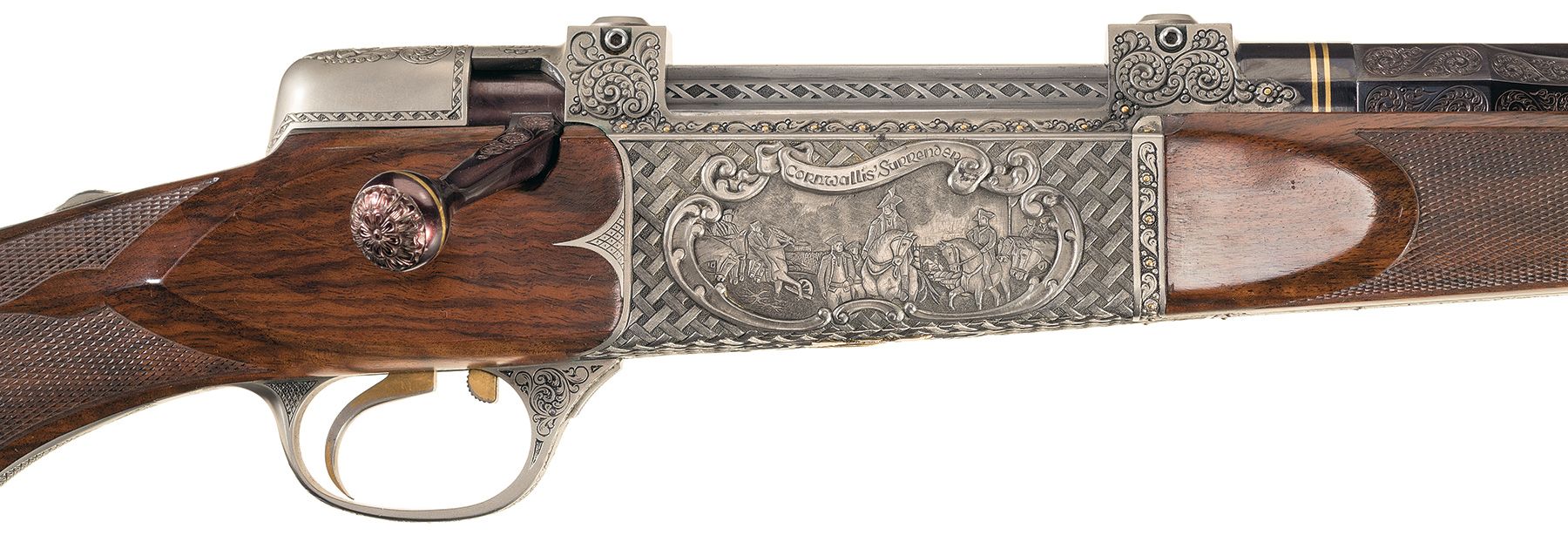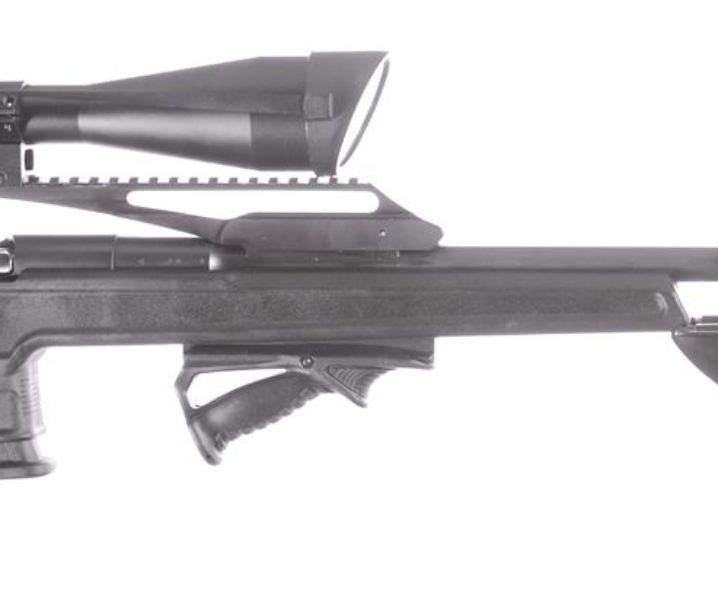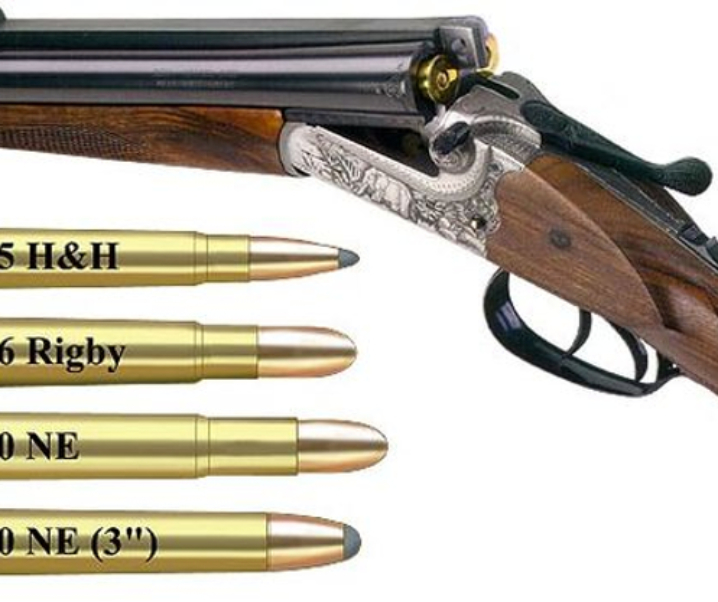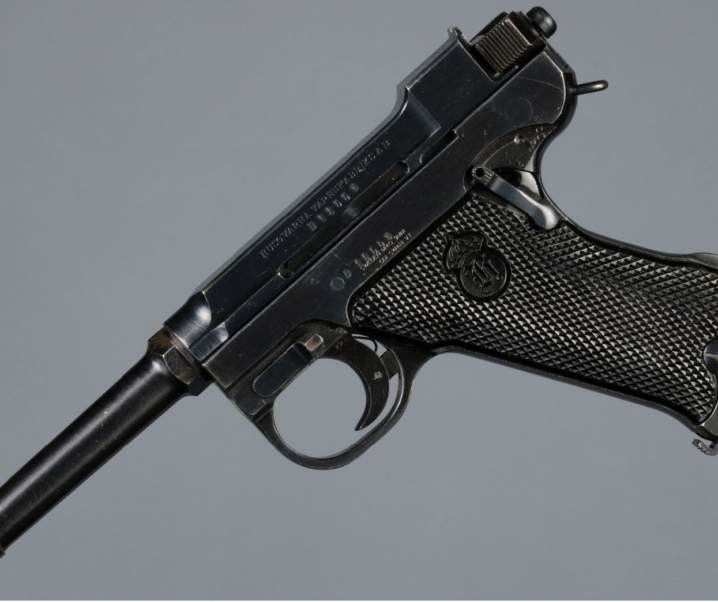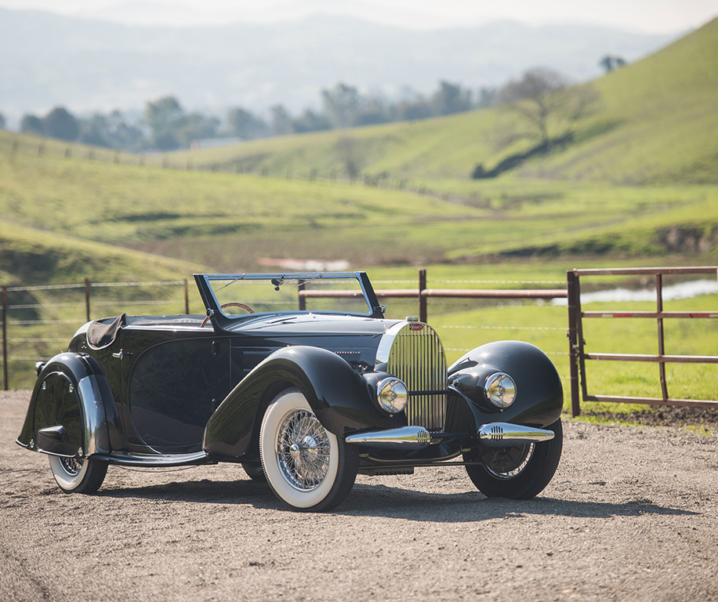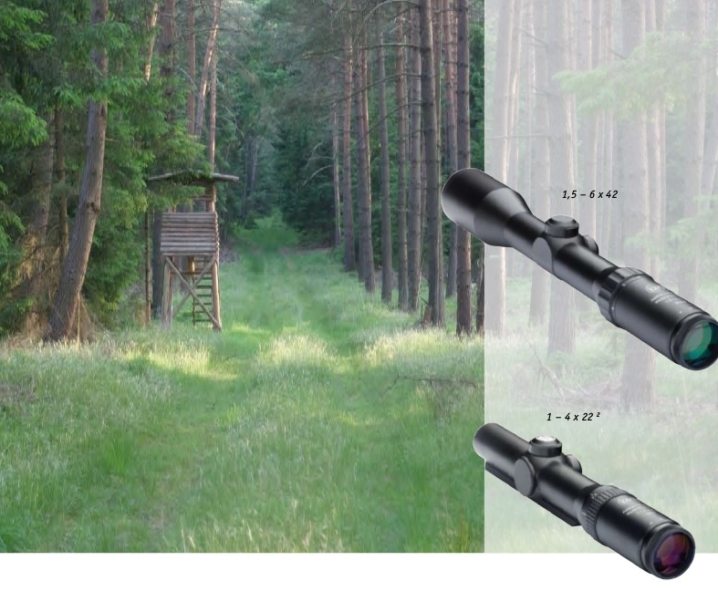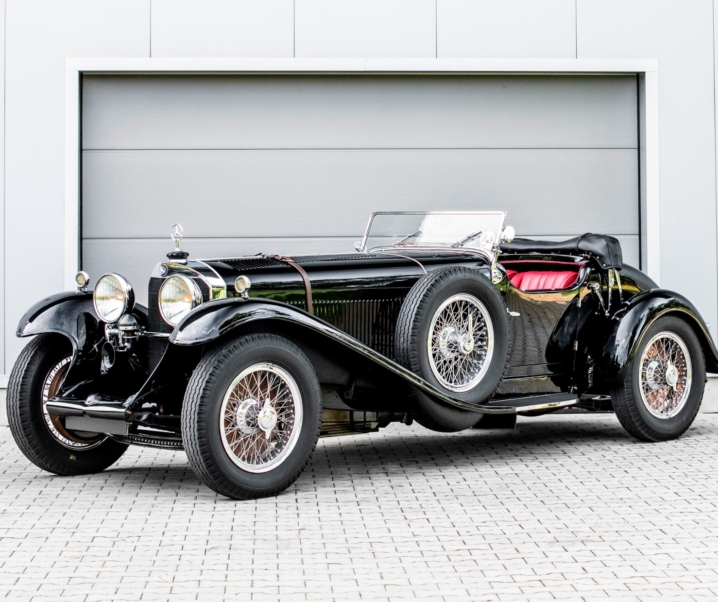The post-war period of the 1950’s, 1960’s and 1970’s was the heyday of hunting rifle, and hunting rifle cartridge development. Among the prominent names associated with this period are the likes of P.O. Ackley, Roy Weatherby, Elmer Keith, and a number of others, notably an associate of Elmer Keith’s named Jerry Haskins of the Haskins Rifle Company.
This post-war era saw the development of the ammunition reloading industry, a strategic range of powders becoming available, notably IMR4350 and Bruce Hodgdon’s H4831: powders that worked best in larger capacity cases, providing higher velocities. Bullet manufacturers came into being also, Nosler began in 1948 making their classic partition bullet for example. People got interested in rifle accuracy and the sport of benchrest rifle shooting began in 1947 in the United States, and then spread to other parts of the world, such as Australia in 1950.
With the great interest in bolt action hunting rifles American rifle-makers got into this market with Roy Weatherby introducing his Mark V rifle in 1958. Winchester already had a superb bolt action rifle, the Model 70, which had been introduced in 1936, but they came out with a series of cartridges based on wildcats, the .458 Winchester Magnum (1956), .338 Winchester Magnum (1958) and .264 Winchester Magnum (1959), later followed by the .300 Winchester Magnum in 1963. The wildcat that the .338 Winchester Magnum was based on was the .334 OKH which had been developed by Charles O‘Neil, Elmer Keith and Don Hopkins.

Jerry Haskins worked with Doug Champlin of Champlin Firearms and was the designer of the original Champlin rifle action. After leaving Champlin Jerry Haskins set up his own Haskins Rifle Company in 1971 in the appropriately named Rifle, Colorado, and in 1981 led a team that created the “Haskins Rifle”, which is also known as the RAI 300 (Research Armament Industries Model 300) also known as the Haskins Model 500 depending on caliber. This was a dedicated sniper rifle using ideas from his original design of the Champlin bolt action rifle.

The Haskins Rifle was made with a simplified bolt action based on Haskins’ design of the Champlin sporting rifle. The Haskins Rifle was made with three long locking lugs that both served as anti-bind rails, and which locked the action closed at the rear. Although rear locking actions are not necessarily favored by sporting rifle aficionados, especially those who reload their own ammunition, a rear locking action has some advantages in a military rifle in which reloaded ammunition is not going to be used: one advantage is that the breech is more accessible and a stuck fired cartridge case or live round are easier to remove.

The Haskins Rifle was made in two versions; the RAI 300 chambered for the 7.62×51 NATO, and the M500 chambered for the .50 Browning. The Haskins Rifle was also used as the test bed for a new cartridge based on the .416 Rigby big game rifle case necked down to use .338″ bullets. This new cartridge was designated the 8.58×71 (416-338) and it was destined to be adopted by Finnish ammunition maker Lapua-Nammo Oy to become the 8.6×70 Lapua, better known nowadays as the .338 Lapua Magnum.
The Haskins Rifle was made to be easy to take-down, and easy to convert between calibers by changing the barrel, bolt, and magazine. Not only was the Haskins Rifle a great design, but it was also the parent of the greatest sniper cartridge of the twentieth century.
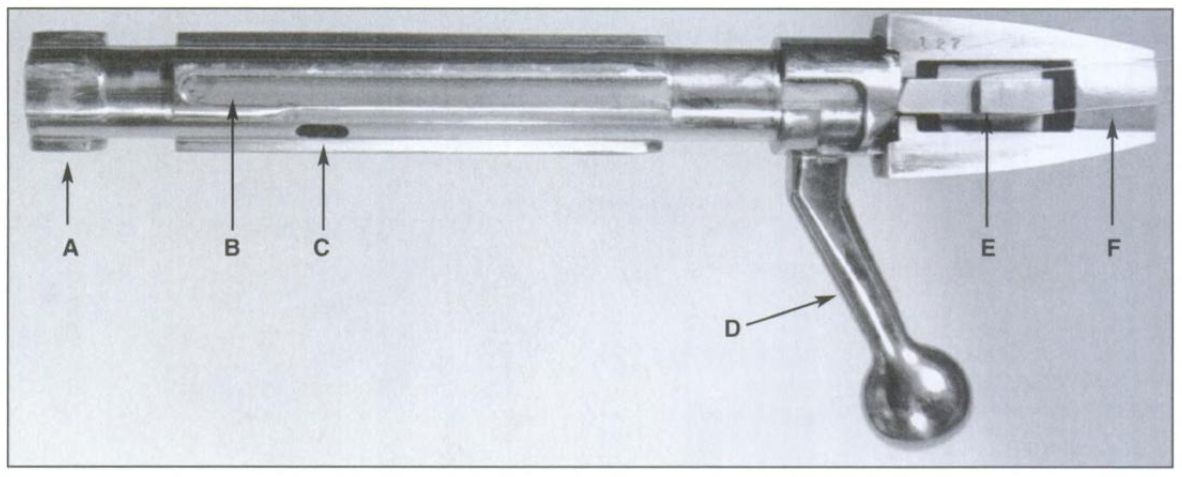
Returning back to 1971 however, before Jerry Haskins was involved in the creation of the RAI 300 and 500, he was part of another team comprising himself along with Elmer Keith and Bob Thompson. Their idea was to create a top-shelf take-down hunting rifle. These three men had very good taste in sporting rifles, Elmer Keith being very fond of fine British double rifles and bolt action sporters.

The initial plan for the Haskins Rifle Company was to produce two hundred commemorative rifles to celebrate the 1976 bicentennial of the 1776 Declaration of Independence. Jerry Haskins worked with another rifle maker, Glenn Ems, on the overall design and manufacture of these rifles. The bolt action itself being a Haskins design and quite similar to the action he designed for Champlin.
Only a limited number of the Commemorative rifles were made with one being presented to the NRA Museum. Not deterred however Jerry Haskins, Elmer Keith and Bob Thompson decided to push ahead with a limited production run of thirteen “Bicentennial” rifles, with each one representative of one of the original thirteen colonies.
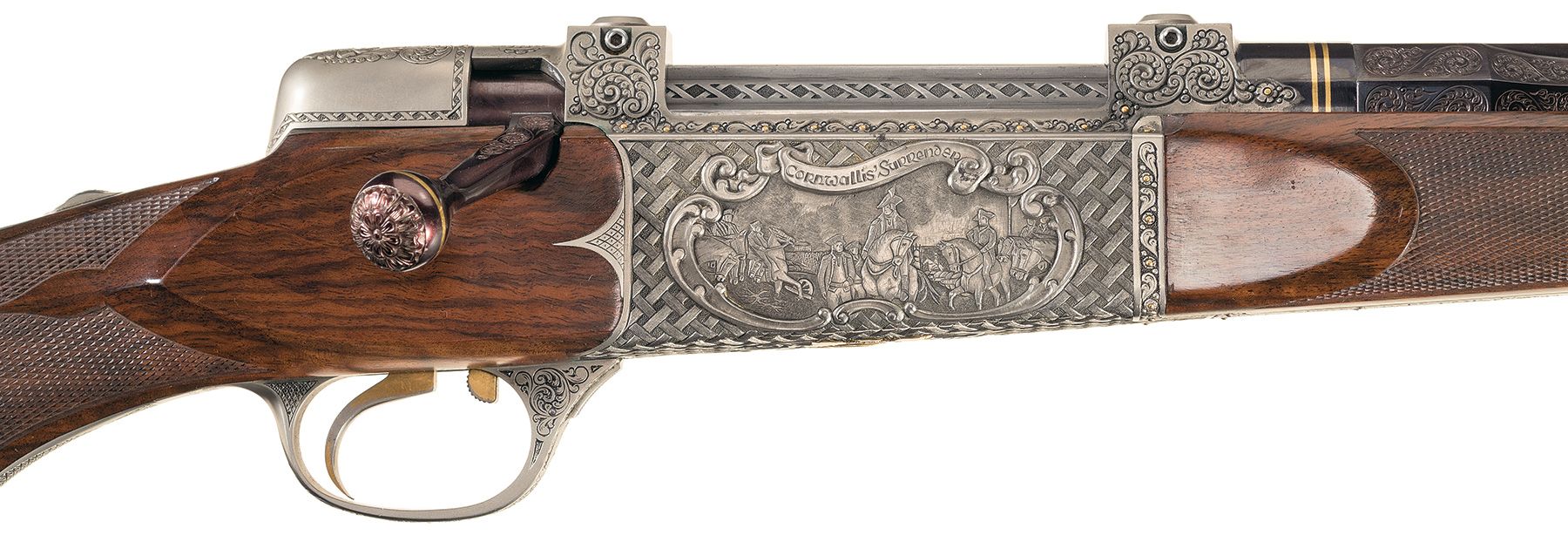
Glenn Ems was given the task of creating the first of the thirteen “Bicentennial” rifles and he built the rifle representing Virginia Colony.

This first rifle featured the Surrender of Lord Cornwallis on the right side of the action and the Captured Battle Flags of Yorktown on the left.
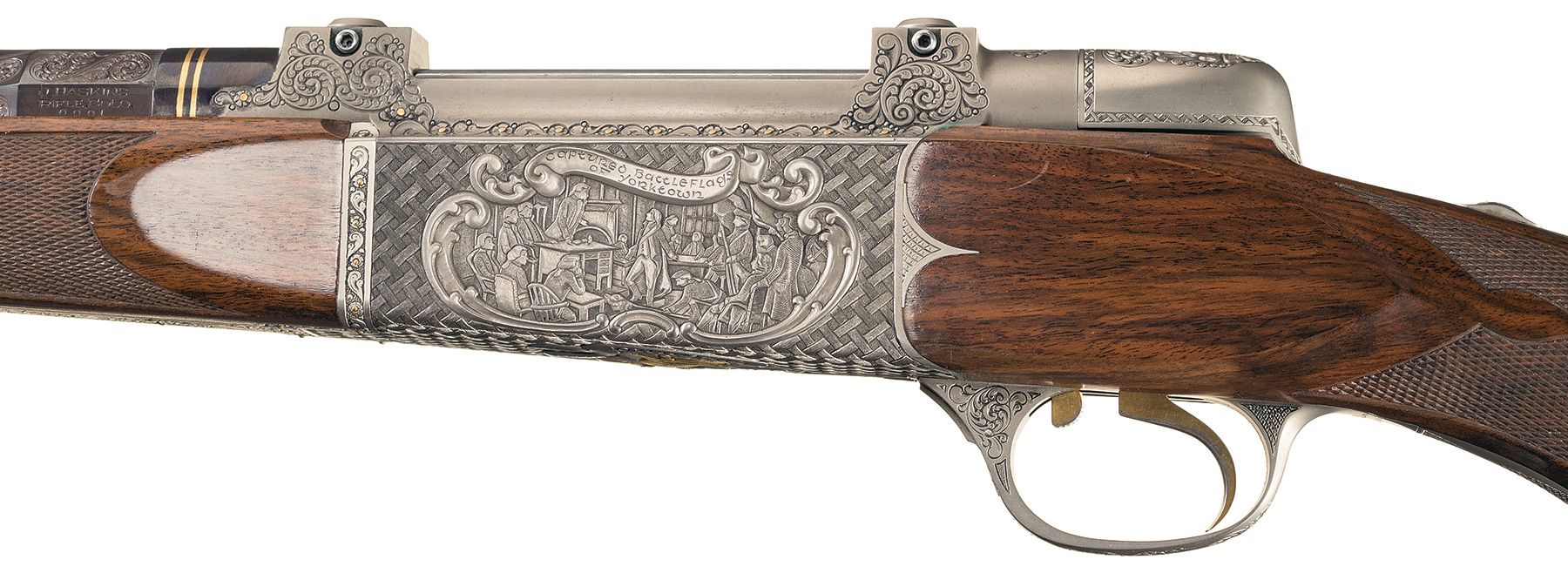
As it turned out the “Virginia Colony” rifle was the only one of the thirteen that was made and so it is a unique piece of American sporting rifle history, linked with some of the great names in American guns. The rifle is numbered “0001” as can be seen on the picture above.
This rifle is a tribute to American rifle making. It is signed C. Sturm and R.L. Ronnie on the bottom of the trigger guard and is fitted with triple leaf rear sights (one fixed, two folding) on a quarter rib and a satin gray front sight ramp on a barrel band.

This rifle is coming up for sale by Rock Island Auction on September 7th, 2018.
To see the sale page with a detailed description click here.
It is expected to sell in the range USD$14,000-$22,500.
This is a beautiful pure-bred American rifle, complete with an American designed action, with historic links to some of the great names of the twentieth century. It was also made to celebrate the Spirit of ’76 and the hard won battle by Americans to set themselves free from the yoke of colonial Britain. The American Bill of Rights was hard won, and this rifle carries a reminder of one of those rights that Americans hold dear: the Second Amendment, “The right to keep and bear arms shall not be infringed”.

(Pictures courtesy Rock Island Auction except where otherwise marked).

Jon Branch is the founder and senior editor of Revivaler and has written a significant number of articles for various publications including official Buying Guides for eBay, classic car articles for Hagerty, magazine articles for both the Australian Shooters Journal and the Australian Shooter, and he’s a long time contributor to Silodrome.
Jon has done radio, television, magazine and newspaper interviews on various issues, and has traveled extensively, having lived in Britain, Australia, China and Hong Kong. His travels have taken him to Indonesia, Israel, Italy, Japan and a number of other countries. He has studied the Japanese sword arts and has a long history of involvement in the shooting sports, which has included authoring submissions to government on various firearms related issues and assisting in the design and establishment of shooting ranges.

